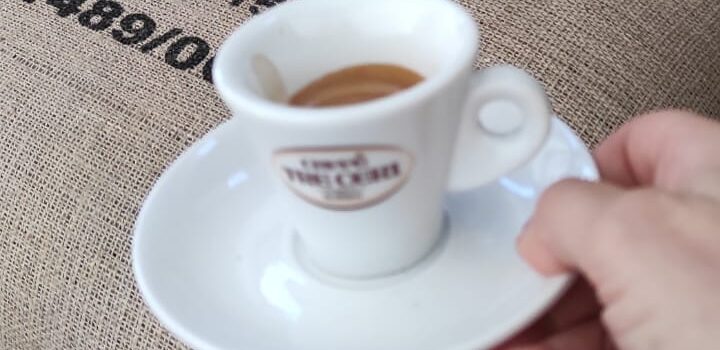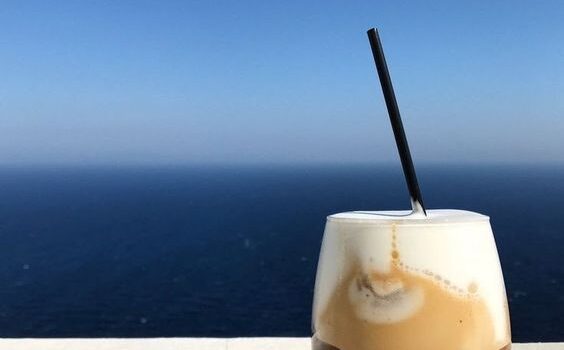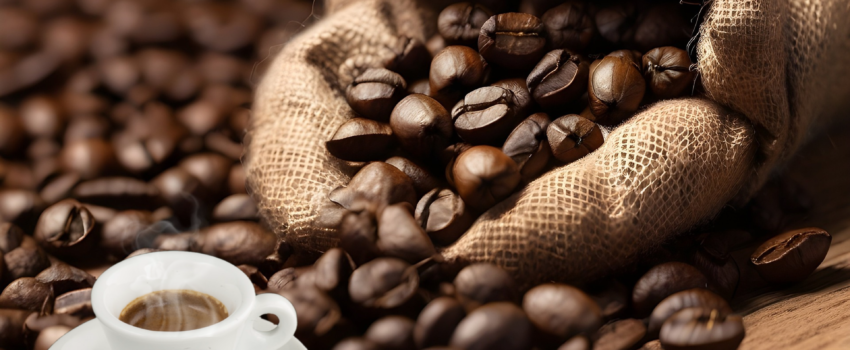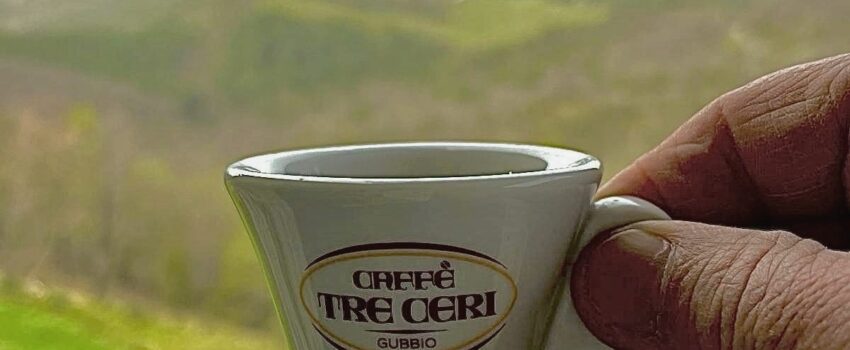
Arabica vs Robusta: which choice?
Arabica and Robusta are the two main qualities of coffee, the ones most widely known and consumed around the world. They are very different qualities: the botanical species from which they come, called Coffea Arabica and Coffea Canephora, have very few characteristics in common.
These differences, of course, can also be found in the taste and aroma of our coffee.
Before we delve into what these differences are, did you know that coffee is part of a very large family of flowering plants called Rubiaceae?
This family has more than 10,000 species, grouped into 3 subfamilies, each of which includes numerous tribes
Botanists consider all seed plants of the Rubiaceae family to be coffee plants. In fact, the ones we usually drink fall into two species in most cases: Coffea Arabica and Coffea Canephora, better known as Robusta.
We said in most cases, because a small part of coffee production also comes from the Liberica and Excelsa species.
Starting from this basis is important to understand why you only hear about Arabica and Robusta when referring to coffee.
Arabica Coffee
The Arabica coffee, originating in Ethiopia, accounts for about 70 % of the world’s coffee production.
Quality coffee named Arabica is mainly cultivated in Latin America, generally at high altitudes between 900 and 2000 metres above sea level. Here, Arabica meets the type of soil, regular rainfall and sun it needs. Arabica is a decidedly delicate plant and more vulnerable than Robusta, as it is not very weather resistant and, therefore, has rather high production costs.
A cup of Arabica (or a blend of different coffees containing a good percentage of Arabica) leaves a sweet, slightly fruity, but also slightly acidic taste in the mouth. The colour of the coffee is not dark, but has a hazelnut hue with reddish tones.
Robusta coffee
Robusta coffee originates from West Africa and accounts for the remaining 30% of world production.
It is cultivated at lower altitudes and higher temperatures because it adapts well to climatic changes, grows fast and is very strong and resistant to pests, thanks to its high caffeine content.
Robusta beans have a richer and stronger taste, with nuances of wood and earth and an aftertaste of dried fruit and cocoa.
How to recognize the beans?
These two coffee qualities have easily distinguishable beans: Arabica has oval, tapered beans with a yellowish-greenish colour, while Robusta beans have a rounder shape and also a central groove, with a bronze-yellow hue.
Better Arabica or Robusta?
Having come this far, you may be wondering whether it is better to choose an Arabica or a Robusta coffee blend.
While it is true that Arabica is considered the best quality, the one with the most merit, it is also true that it is not necessarily everyone’s favourite.
The choice essentially depends on personal taste and, of course, on the quality of the coffee we choose.
If you are looking for a more precise indication of the quality of a coffee, rely on cupping scores or check its origin.
A good solution is to opt for blends that contain both coffee qualities. For example, our Special blend, characterised by a round and persistent taste typical of the best Arabica and Robusta coffee selections, is perfect for those looking for a well-structured coffee with a medium to high caffeine content.





